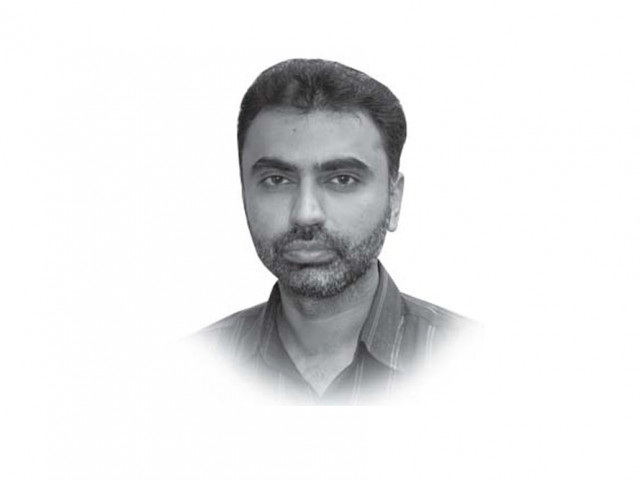The week in focus
fFcus has increasingly shifted towards tapping renewable energy resources to produce clean energy.

The week in focus
Solar panels, wind mills and biomass are major sources of renewable energy, which are being experimented in many countries. Renewable energy not only helps fight global warming – the result of a massive expansion of industries around the globe which release greenhouse gases harmful to the climate, but also reduces power shortage and drives economic growth. Pakistan has been facing a power crisis for the last two to three years, with shortages these days rising to around 4,500 megawatts, causing five to 10 hours of outages across the country.
In an effort to tap alternative energy sources, Fauji Fertiliser Company signed an agreement last week for setting up a $133.5 million wind power project in Sindh, which will generate 49.5 megawatts with the force of wind. The Asian Development Bank has also announced a major initiative to promote solar power generation across Asia, including Pakistan, with the help of a $2.25 billion fund. The bank said it would provide an enabling environment for commercial lending and private investment in the solar energy market to encourage its rapid growth and make solar energy competitive in prices to conventional sources.
According to a report issued by ADB, Pakistan has a target to add five per cent of electricity through renewable energies by 2030. In July 2009, the government announced that 7,000 villages would be electrified using solar energy in the next five years. The Punjab government is also targeting new projects aimed at power production through coal, solar panels and wind mills.
Private investors being encouraged
Alternative Energy Development Board Chief Executive Officer Arif Alauddin said the government was not investing in renewable energy, rather it was encouraging private investors to pour money in these resources. He said private investors could produce power from alternative energy sources based on the concept of ‘net metering’, meaning if they sold more energy than their consumption, then they would be paid for the surplus and if they sold less, then they would have to pay for the balance.
“The cost of most of the alternative energy projects is less than conventional sources, but solar power costs more. However, prices of solar panels have started coming down in the international market, which provides an opportunity to generate power through this source as well,” Alauddin said.
He said though a single wind mill or solar panel produced a small amount of electricity, these equipment were installed on a large scale to generate a significant quantity of electricity.
Elaborating, he said a wind mill could generate one to two megawatts, but around 30 wind mills were installed at a place to produce around 50 megawatts, costing around $1.25 million.
JS Global energy sector analyst Atif Zafar was of the view that among alternative energy sources, coal was the best option as Sindh had large reserves of the commodity. Agreements have also been signed between the Sindh government and different companies to exploit coal resources, estimated at around 186 billion tons, but according to Zafar coal-based power projects would not come online before 2015-16.
Keeping in view the wide energy demand and supply gap and its devastating impact on manufacturing industries, a vigorous effort is needed to harness the potential of renewable energy to achieve a ‘green growth’ in the country.
the writer is incharge Business desk for the Express tribune and can be contacted at ghazanfar.ali@tribune.com.pk
Published in The Express Tribune, June 27th, 2011.



















COMMENTS
Comments are moderated and generally will be posted if they are on-topic and not abusive.
For more information, please see our Comments FAQ